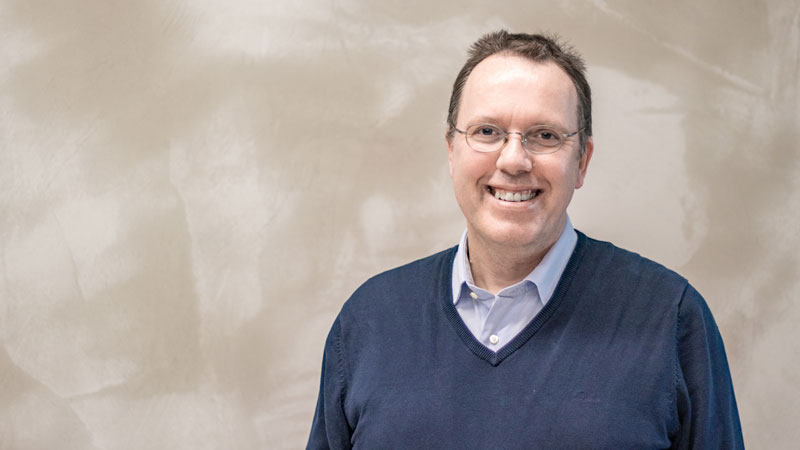Helmut Schießel Group
Theoretical Physics of Living Matter

Nature has to deal with difficult physics problems. Evolution has found amazing solutions to these challenges. And of course these solutions are written down somewhere in the cell (typically along the DNA). Our group wants to identify these problems and find out how nature solves them. Our main focus is on processes in the cell nucleus. Typical questions are: How can it be that there are many different cell types, but all cells carry the same genetic information? How many layers of information can DNA carry in addition to the classic genetic code (multiplexing)? How can two meters of DNA be duplicated and correctly distributed between the two daughter cells? How can the epigenetic information (e.g. how densely different sections of DNA are packed) be passed on to the next generation?
Answers to these questions lead to exciting physics, the Physics of Life, which includes, for example, active processes, liquid-liquid phase separation, DNA mechanics and polymer physics. Most of the time, several of these physical phenomena are combined, for example the physics of copolymers at liquid condensates might explain how epigenetic information can be transmitted, and active motors seem to create a polymer topology that properly segregates DNA molecules. We use methods from theoretical physics (e.g. statistical physics) and computer simulations (e.g. Monte Carlo methods) to answer these questions, typically in close collaboration with experimental groups.
For more information about research topics please visit the websites you can find under More Information.